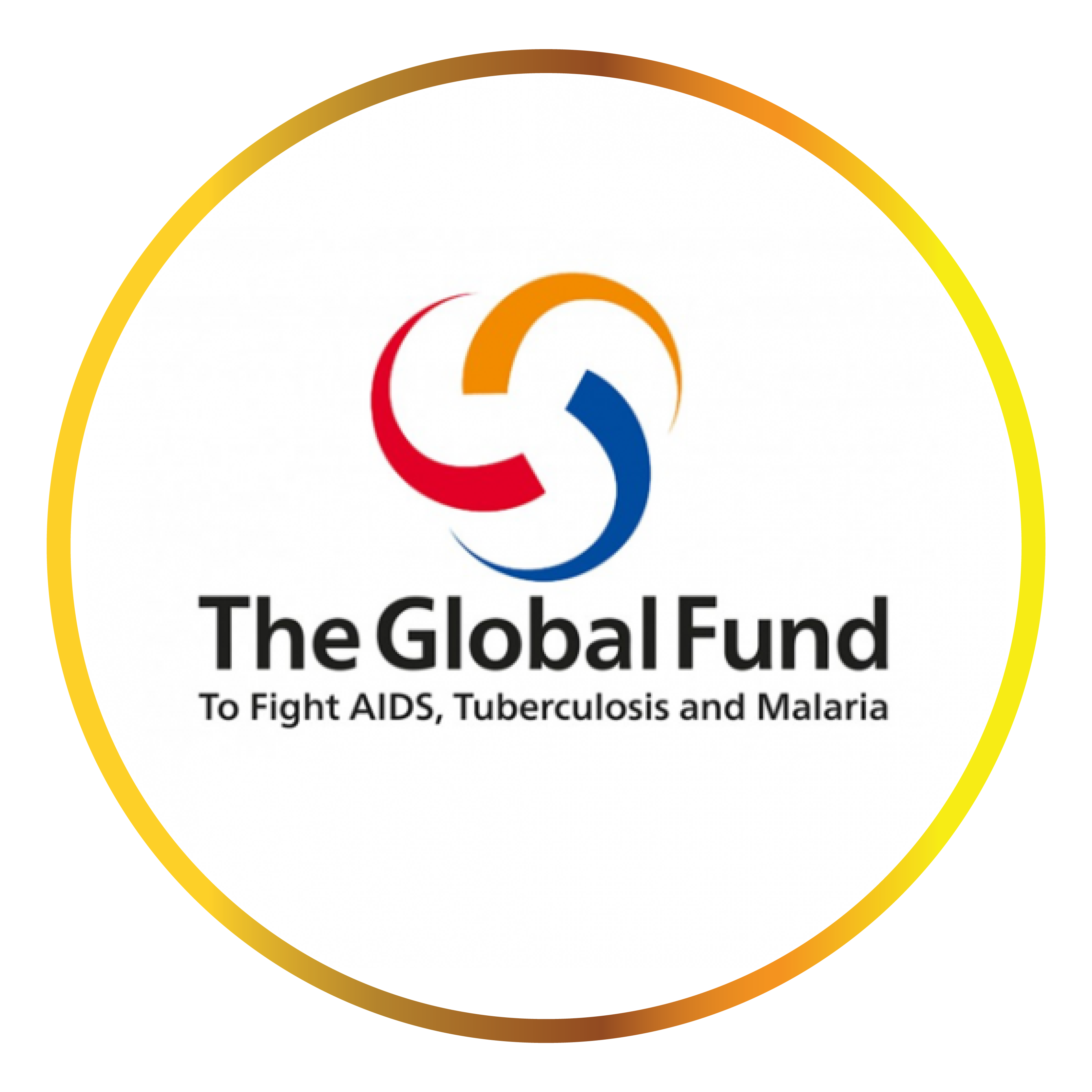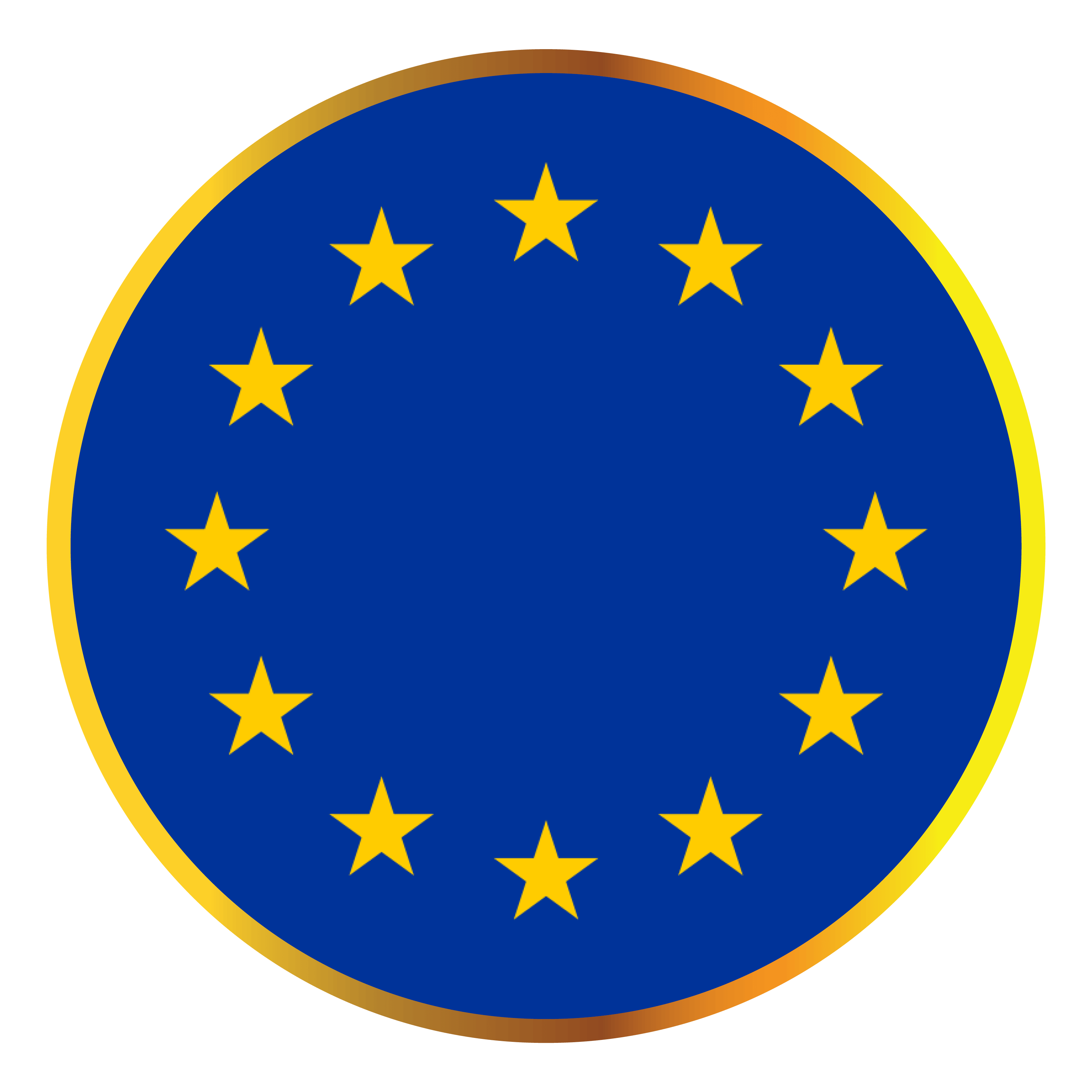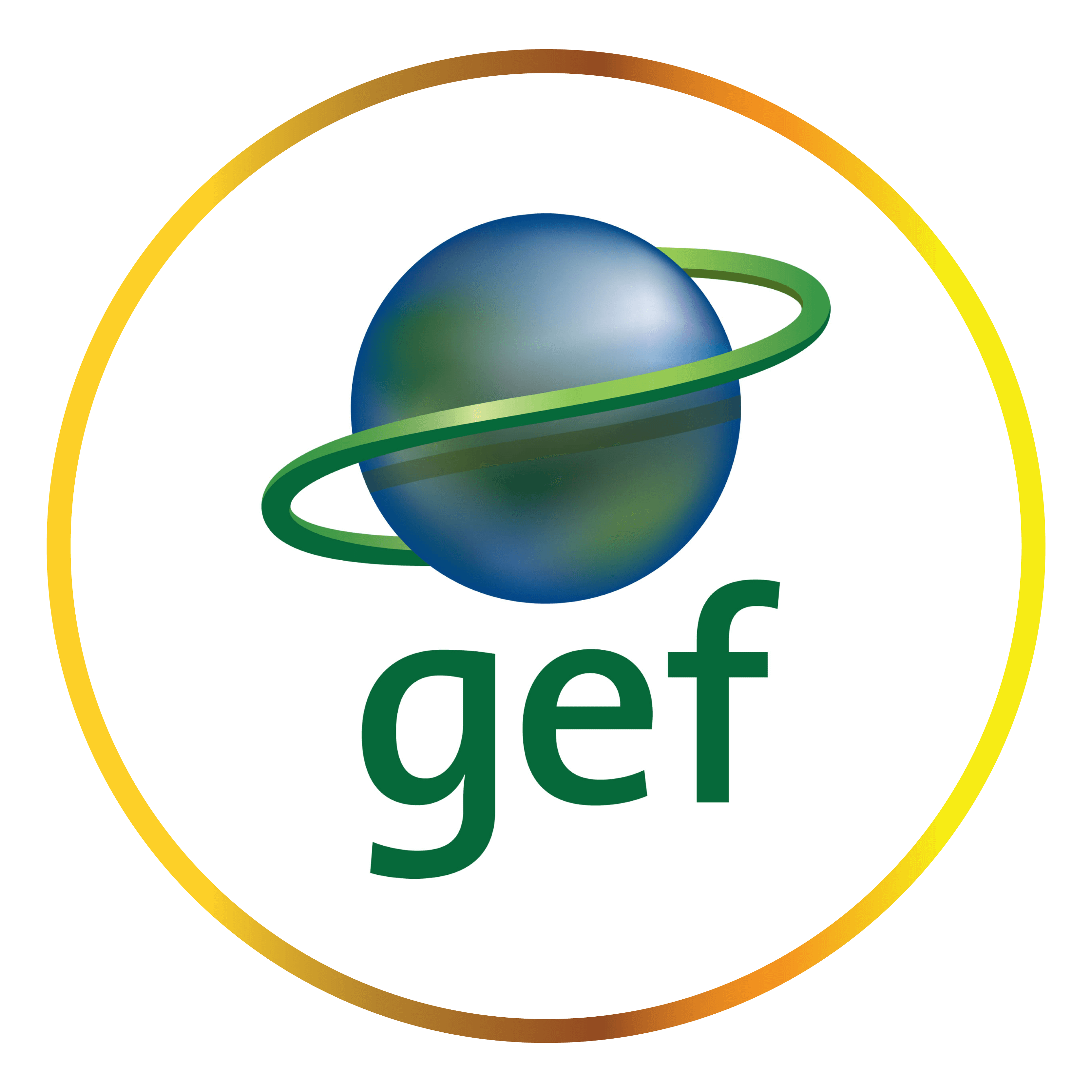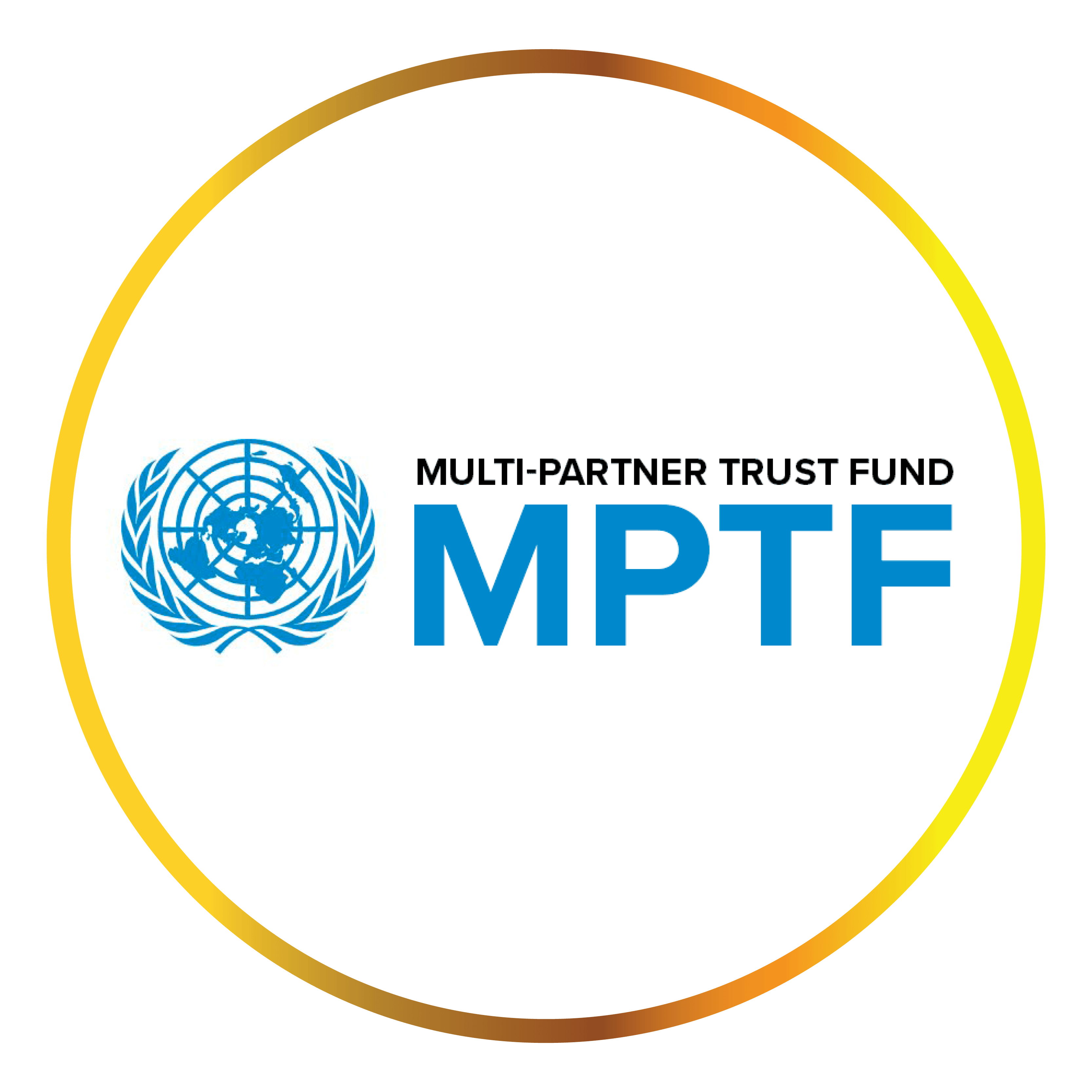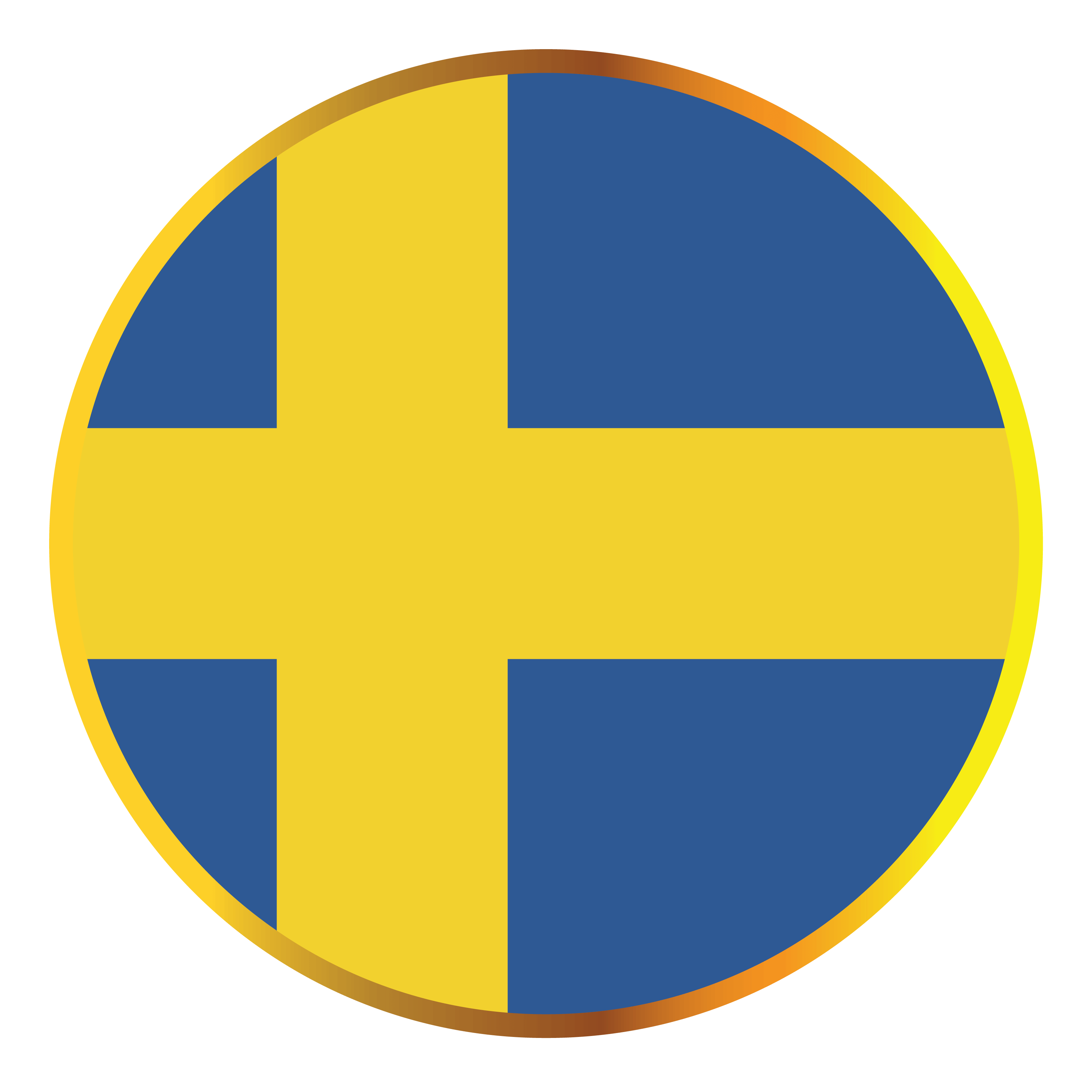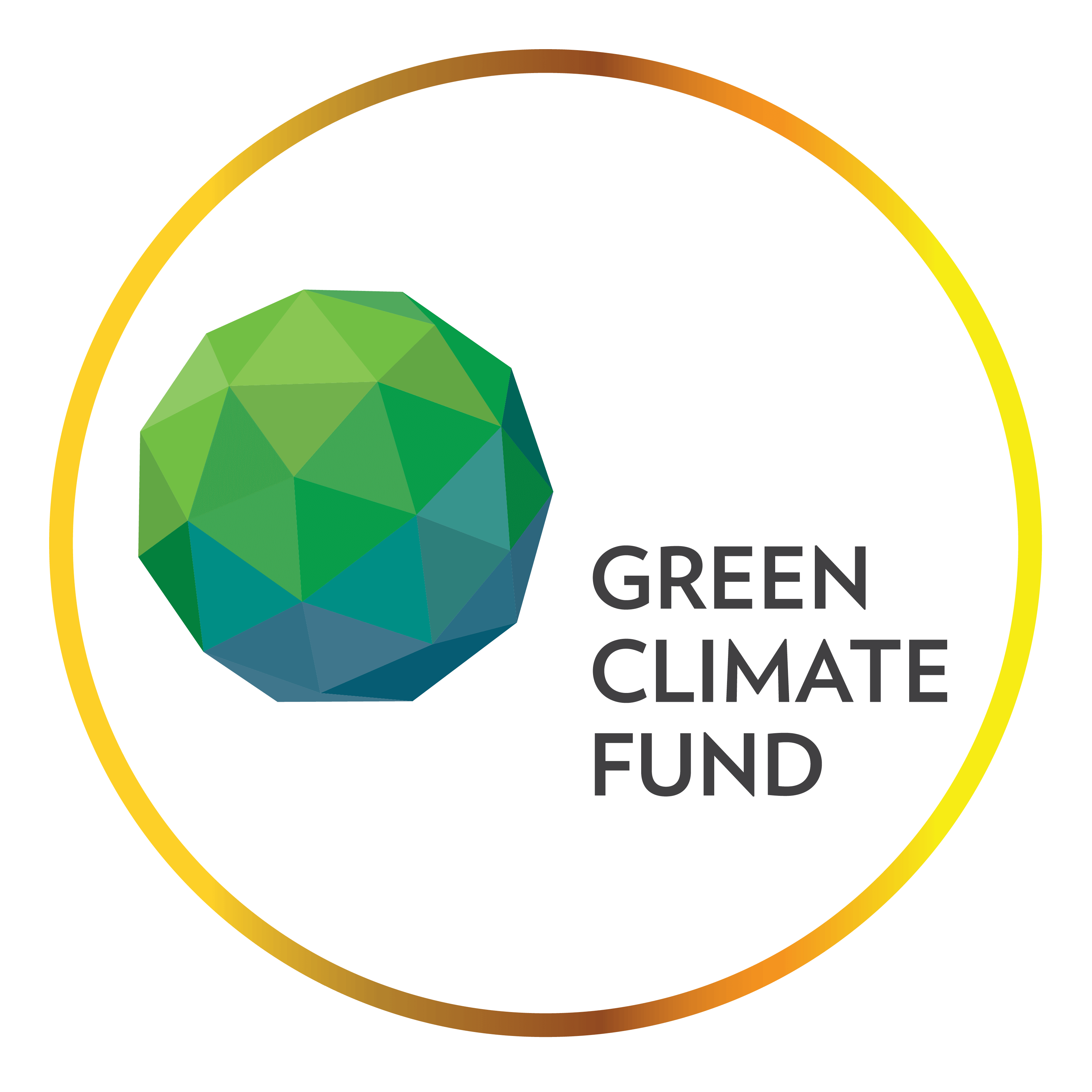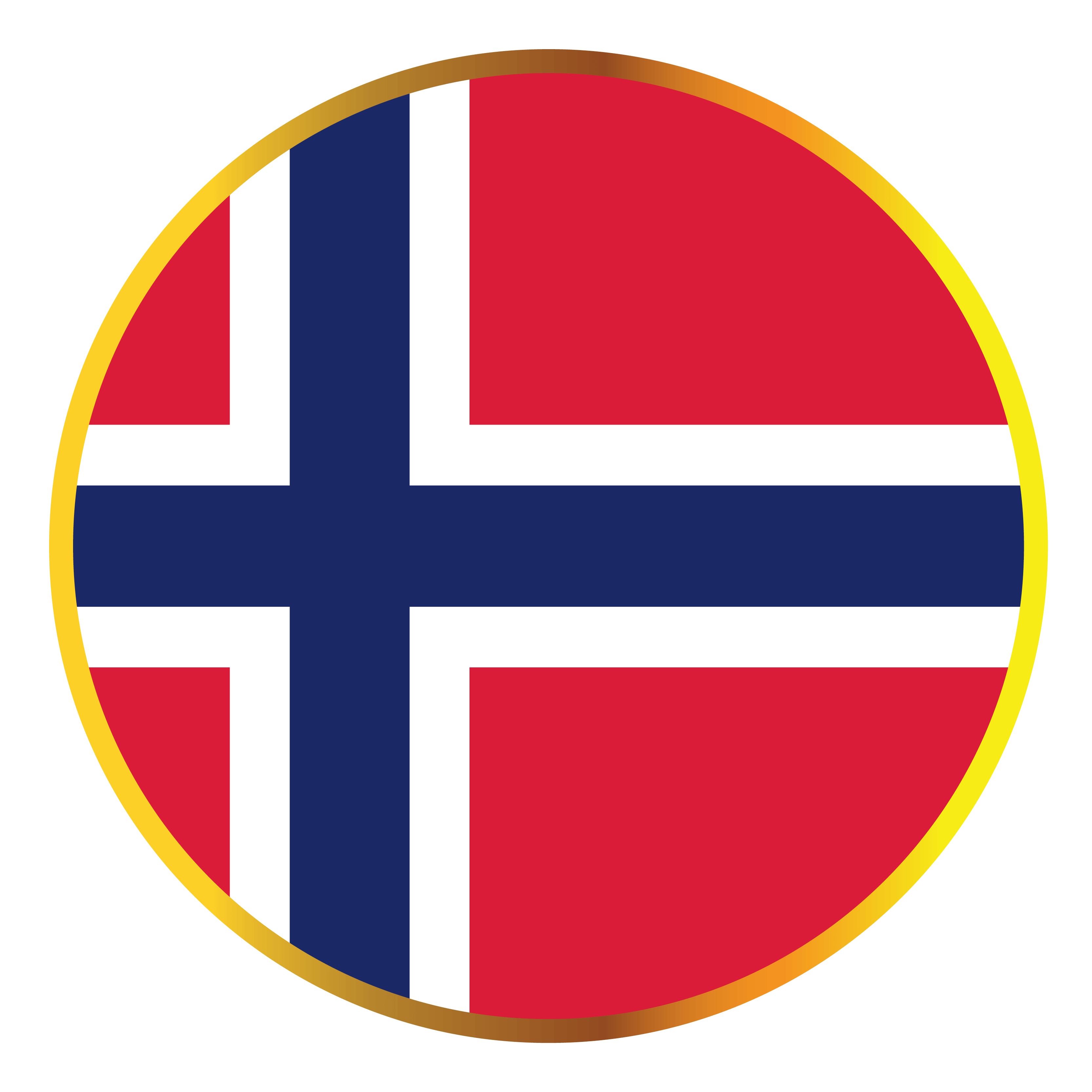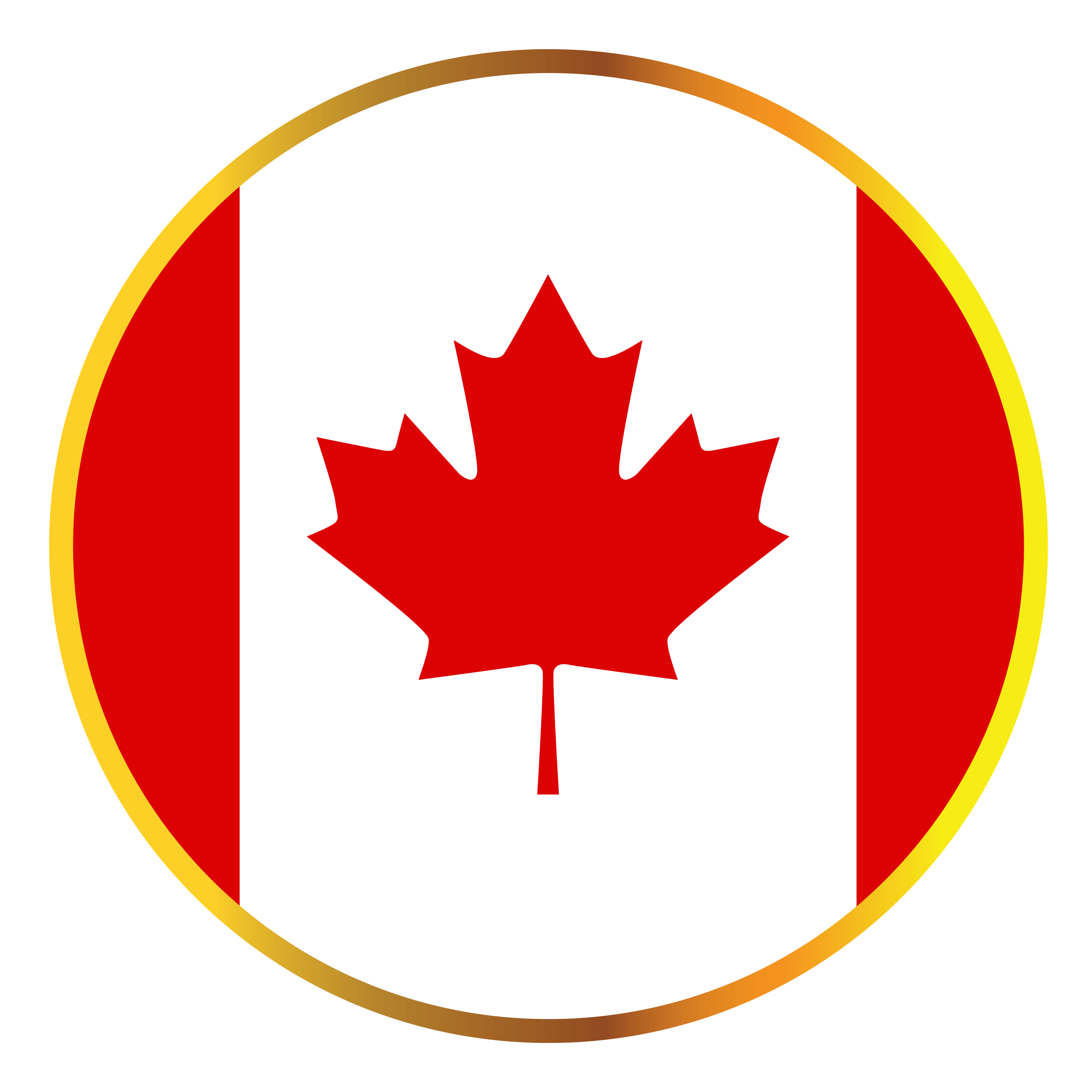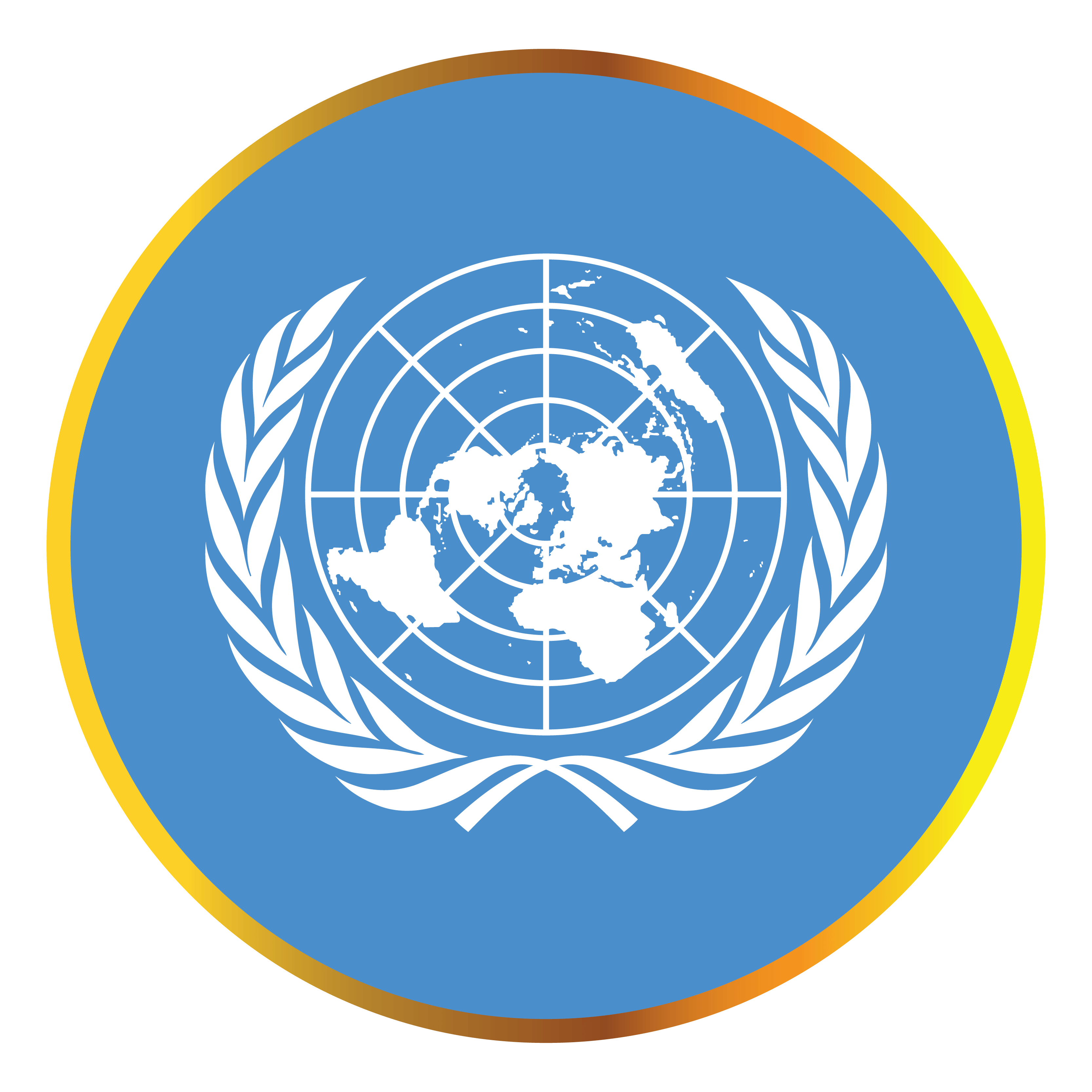Empowered women and girls
The future, as the re-emerging 1970s slogan goes, is female. But the future can’t come soon enough. Gender inequality continues to exist in old and new forms, which is why gender cuts across all of UNDP’s work. A key approach is to tackle multiple, intersecting sources of discrimination. This includes prevention strategies for gender-based violence. Early pilots in Iraq and Lebanon, operating as part of economic empowerment and livelihoods programmes in marginalized communities, are galvanizing significant momentum behind ending violence and accelerating multiple SDGs. UNDP has also made major contributions through the EU-UN Spotlight Initiative, working in close collaboration with UN Women, UNFPA and UNICEF. With UNDP’s support, 17 countries in Latin America have now criminalized femicide in their legislation, incorporating it as a criminal offence in their penal code.

59 countries were able to prevent and respond to gender-based violence, and address harmful gender social norms

188 women-led partnerships were established to advance gender equality, including female leadership and participation

Owning climate-smart farms.
Co-funded by UNDP, over 30 local governments and dozens of NGOs, this multi-layer, community-led project in Nepal is part of UNDP's innovative, socio-economic livelihoods support programme. It is generating income and over 25,000 jobs for some of the poorest and most marginalized populations across the country – with over 50% of these jobs held by women.
Gender Equality Strategy 2022-2025
This strategy responds to reflections around two key concerns. First, why has progress towards gender equality been so slow and scattered, and sometimes even reversed? Second, what can UNDP best do in response?
In the next four years, UNDP will accelerate and scale up results, working with countries and partners to contribute to gender equality, including by:

Certifying 1000+ public institutions and private companies with the Gender Equality Seal (reached in 2022)

Mobilizing over $100 billion to contribute to gender equality through taxation systems, public spending, debt instruments and private capital investments

Helping 1 million more women to access and control digital assets

Supporting 250 million women to gain access to productive uses of clean energy

Assisting 80 countries to expand care services and redistribute care work
Female voices, amplified.
In Somalia, UNDP helped set up Bilan Media, the country’s first-ever all-women media team that will shape development dialogue towards women’s needs. Run and staffed entirely by women and centring on women’s voices and perspectives, it promises to transform local media.















































































